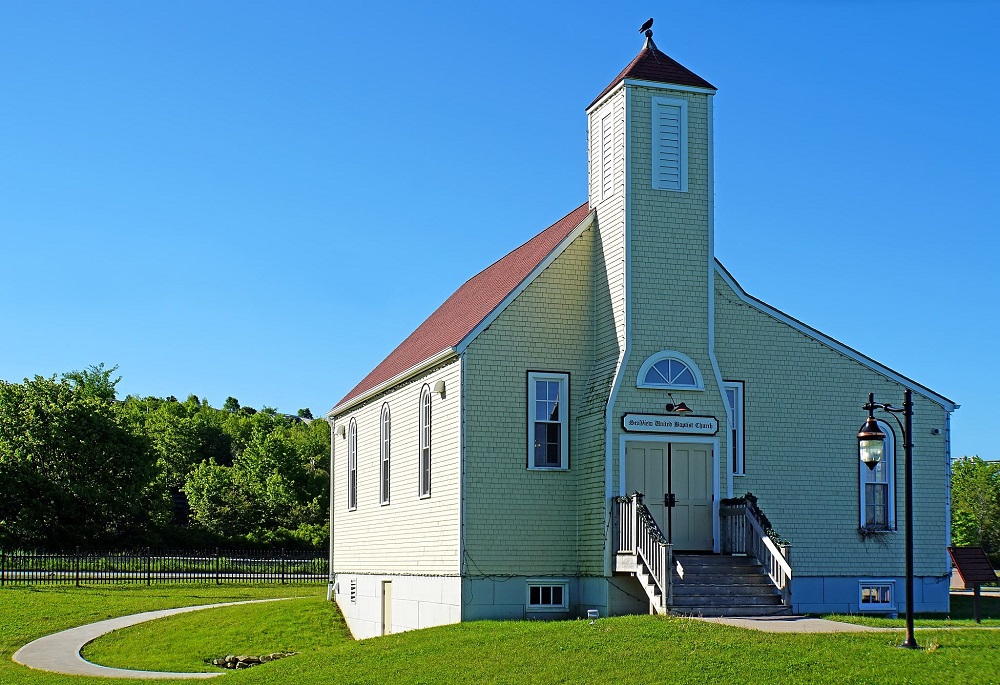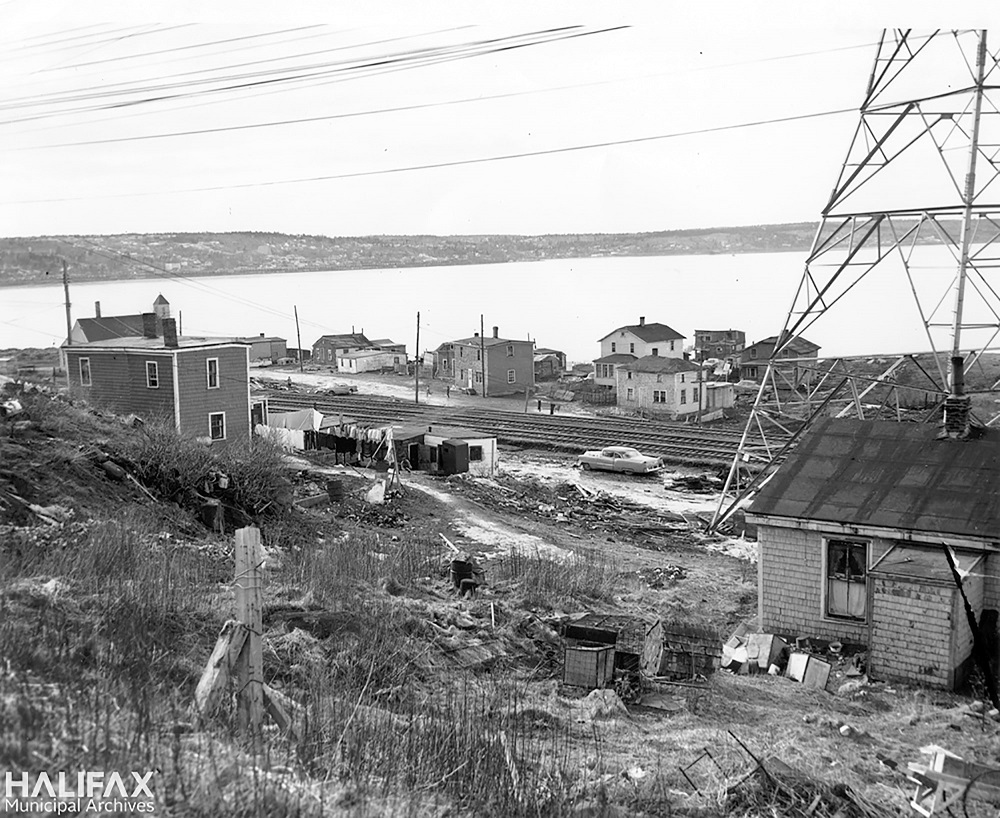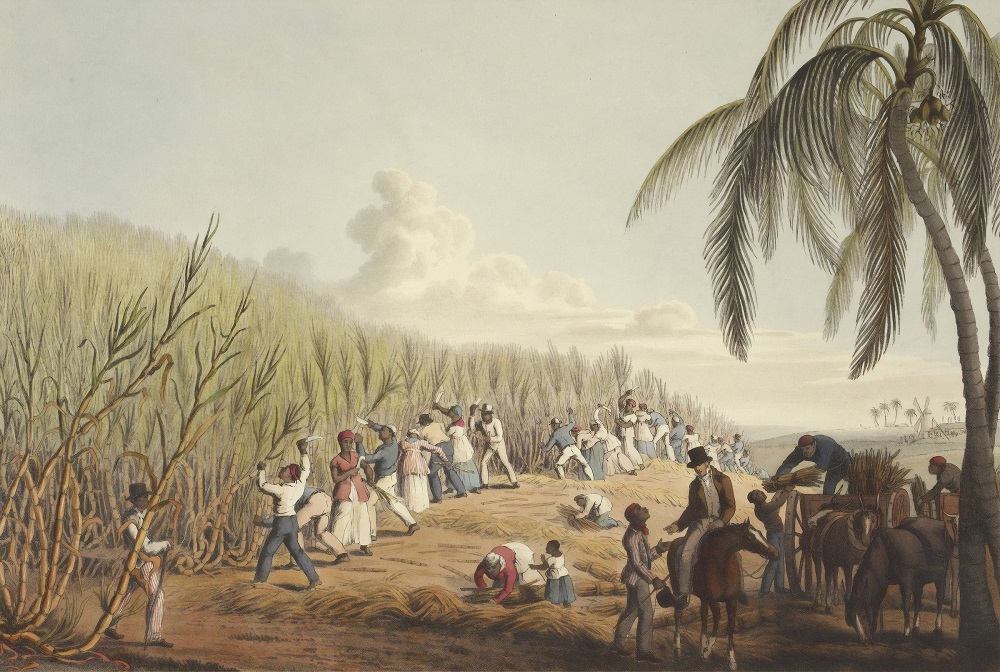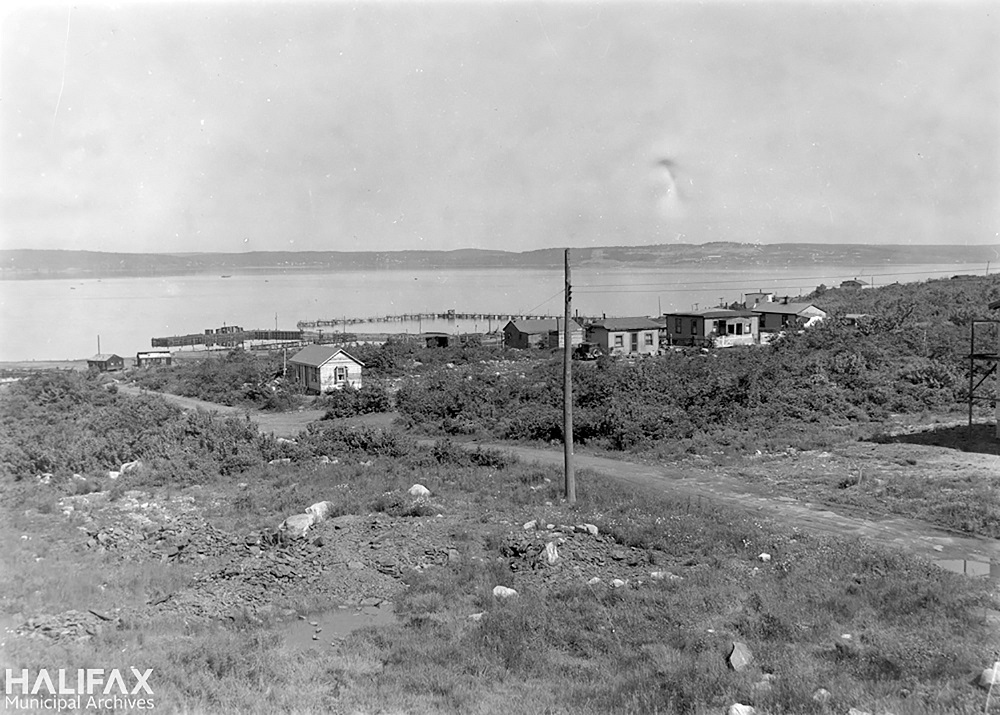By Yanet Mengistie
Posted on November 19, 2021

Canadian history is told from a narrow point of view. Canadians learn about the victories of colonizers and the wars between the British and French but never about the stories of murder and cultural dismantling of Indigenous and Black communities in Canada. That is why stories like what happened in this small town on the outskirts of Halifax need to be told. Africville was an all-Black town that many Canadians have yet to hear about. The story of the town reveals a side of Canada that the nation doesn’t want to publicize. However, this story needs to be told in order to truly understand Canadian history.
What happened?
Africville was a small community within Halifax, Nova Scotia that was composed of people of African descent. The people of Africville came to the town due to the American Revolutionary War between the United States and the British empire. The enslaved Black people who were kidnapped from Africa and brought as slaves to the United States were told by the British that if they abandoned the American side and joined the British they would gain full protection, land and their freedom. This group of formerly enslaved people that joined the British side were then referred to as British Loyalists. However, after the British lost the war, U.S. President George Washington wanted the “property” that was stolen during the war returned, referring to the formerly enslaved people as that property. A high-ranking British Commander named Sir Guy Carleton refused Washington’s request and instead oversaw the evacuation and provided passage for the Black British Loyalists to relocate around the world to England, the Caribbean, Europe and Canada. One of the first ships to arrive in Nova Scotia was in Port Roseway, in April 1783. This is how former African Americans became situated in Halifax, Nova Scotia in the town of Africville.
Despite how the town was founded, Africville has constantly been described as a “close-knit community” that was flourishing. The community contained thriving stores, a post office and the Seaview United Baptist Church which acted as the centre of the town. Overall, reports on Africville describe it as a community that was connected and kind to one another but though the people of Africville were kind-hearted, the same cannot be said for government officials at the time.

Systemic racism
Africville is a significant example of systemic racism in Canada. As the government officials did not provide any of the support that they would have for non-Black Nova Scotians and therefore aided in degrading the otherwise thriving town. Government responsibilities were neglected in Africville, leaving the community with little to no infrastructure to build itself upon. For instance, Africville did not have sewage services or running water and was even under a boil water advisory. Furthermore, in 1947 the town became labelled as industrial land which allowed for unappealing services to become placed in the town. This included slaughterhouses, a fertilizer plant, an Infectious Diseases Hospital and even human waste discarding pits.
Due to the lack of any type of government responsibility, the town became labelled as a “slum” which led to it being approved by the Halifax City Council for “relocation.” What “relocation” really meant for Africville homeowners was the bulldozing of their homes without notice and properties being demolished. On top of that, the Seaview United Baptist Church, known as one of the hearts of the community, was torn down all for the purpose of importing the Fairview Container Terminal, private housing and some other spaces. Africville residents were therefore forced out of their homes and ended up in run-down homes or government housing. On top of that, many former Africville residents struggled to find work in these new locations as employers rejected Black applicants.

The case of Africville is an example of how systemic racism transpires. The town was neglected, leaving its residents in unstable living conditions only for them to be punished for conditions that weren’t their doing. This displays the entrenched ways racism occurs—it is not just isolated acts but is systemic in nature.
Aftermath
The repercussions of the intentional neglect and bulldozing of Africville will never be able to match the devastation it left behind. Decades later, in the 1980s the Africville Genealogy Society formed and tried to seek some kind of punitive actions through forced compensation from government bodies. However, it took until 2010 to reach a $3 million settlement deal between the city of Halifax and some former Africville residents. Furthermore, during the time of the announcement of the settlement, the mayor of Halifax Peter Kelly apologized publicly for the wrongdoing of city officials saying “we are sorry.” A portion of the settlement was used to rebuild the iconic Seaview United Baptist Church which has today turned into the Africville Museum.
Why does this matter?
What happened to Africville matters because of the emotional devastation created by the colonial government, but also because Africville represents the attempts by Canada to erase its racist past. In particular, Canada as a nation has presented itself on the world stage as a “friendly” “liberal” country that is multicultural and therefore cannot be racist, which is untrue. Africville exposes how Canada doesn’t want its racist past revealed because doing so would affect the nation’s prestige and humanitarian front.

Think about it, if you’re Canadian, did you learn that there were Black Canadians dating back to the 1700s? Or that there was a Black cowboy named John Ware? This removal of Black individuals in Canadian history is intentional. What this does is erase the Black individuals from history and thereby remove Canada’s abusive, racist foundation. The failure to address systemic Black issues that have been caused by the Canadian government has led to a cover-up. Africville became a “slum” because the government restricted key services that they were supposed to provide to all citizens of Halifax, Nova Scotia. So concealing the existence of Africville eliminates the government’s racist actions which means they will not be held accountable for their actions that destroyed a town. Minimizing Black Canadian existence in the history of Canada results in the systemic issues created by the government not being addressed and in turn continuing the cycle of neglect and ill-treatment of Black Canadians.
The examples of abuse continue
A popular narrative some use when speaking on systemic racism is that occurrences such as Africville were “isolated incidents” that don’t reflect systemic racism against Black Canadians, however, in another area of Halifax we see a similar story to Africville repeating itself. On December 6, 1917, the tragic Halifax explosion occurred, killing thousands of people. There has been an erasure of African Canadian victims of the explosion, many of whom were gravely injured or died. For example, the Maritime Museum of the Atlantic held an exhibition to remember the evasion of the explosion. However, the museum dared to say that only one Africville resident was killed.
Furthermore, The Halifax Relief Commission (HRC) was established in order to aid those who have lost their property or wages. But, the policies within the HRC systematically discriminated against African Haligonians. This is because the HRC focused on compensating lost property claims instead of wages. At the time, however, the majority of African Nova Scotians did not own property as the British still had not come through on their promise of land to the Black British loyalists. This lack of property ownership meant African Nova Scotians would not be compensated for the loss on the places they were staying. Even when wages were provided by the HRC, it was only for those who had regular or skilled work. African Nova Scotians could not be provided with any relief from the explosion because of systemic discrimination in housing and employment. Thus, the narrative that Africville is an isolated incident in history is false, as the treatment of African Nova Scotians after the explosion reflects the ways discrimination and barriers were within systems that hurt the livelihood of Black Canadians.
The stories of Africville and the discrimination against the African Canadian victims of the Halifax explosion demonstrate the hidden history of racism in Canada. In order to make a better nation for Black Canadians, and IPOC (Indigenous & People of Colour) more broadly, stories like these need to be acknowledged to build a better Canada.
Yanet Mengistie is an experienced Writer, Researcher and Creative who is ready to hit the ground running with Black Voice. Driven by having previously worked as a Content Writer for a company that sought to uplift small businesses in Northern Canada, she takes joy in using her writing to uplift small or marginalized voices. As a Writer with Black Voice, her goal is to combine this passion for small businesses with this publication's mission of empowering Black individuals across Canada. Yanet is committed to ending the marginalization of Black Canadian perspectives and opinions. She hopes to bring Black excellence, concerns or hot topics to the forefront through her work with Black Voice.

